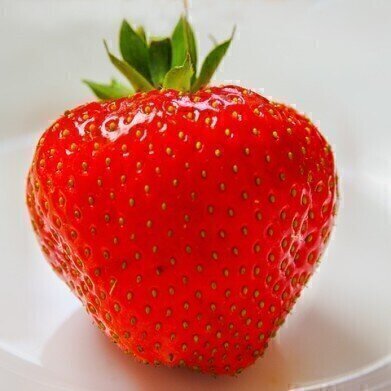Bioanalytical
Can Flavour Make E-Cigarettes More Toxic? - Chromatography Explores
Oct 19 2016
The use of e-cigarettes is promoted as the healthy option when compared to traditional smoking methods. But vaping and e-cigarettes are a new experience and the evidence they might not be as safe as they are promoted is growing as researchers look closely at vaping — both the devices and the constituents of the e-liquids consumed.
Research shows that long-term users risk regular exposure to respiratory irritants and toxic substances — and as more teams look into vaping, more health related issues could be uncovered. Chemical studies indicate that the aerosol generated in vaping contains lower levels of toxins and carcinogens that are present in traditional cigarettes. Hence the recommendations that they are preferable to cigarettes and could be used by smokers to cut down on the levels of toxins they inhale.
ENDS products and vaping
However, the rapid growth of vaping and its numerous products is too fast for regulatory bodies and clinical studies to keep up. With so many different flavours and flavour chemicals being used, users really have no idea about the potential inhalation toxicity of the products they are using and the damage that might be caused to cells.
Vaping using e-cigarettes — or to give them their technical name electronic nicotine delivery systems or ENDS — use a heating system to generate a vapour or aerosol that the user then inhales. This delivers the nicotine hit, usually in a synthetic flavour. The nicotine and flavouring are carried in an e-liquid — which usually contains propylene glycol as the main carrier.
Now a team from the Roswell Park Cancer Institute in Buffalo, NY has carried out research that suggests some flavourings are more toxic than others. In a paper published in the British Medical Journal Tobacco Control they show that flavourings used in e-cigarettes may induce inhalation toxicity in some cells — and that strawberry flavour was the most toxic flavour tested.
Air-liquid interface culture (ALI)
The team used a testing method known as ALI — which allows the direct exposure of cell to the aerosols generated by the ENDS. Six different ENDS were tested along with five different flavours of e-liquids. The team exposed human bronchial epithelial cells to puffs from ENDS aerosol, tobacco smoke and an air control. The nicotine levels were measured using gas chromatography — the use of GC in health research is discussed in the article, Volatile Organic Compound Determination in Health-related Research: A Review.
The tests confirmed that conventional tobacco smoke had a greater negative effect on the cells than the ENDS aerosols. But the ENDS aerosol had a negative effect on the cells when compared with the air control — with the strawberry flavour having a greater impact on the cells than the other flavours tested. Interestingly, they found that it is not the nicotine that affected the respiratory cells but the added flavourings.
In an unregulated market — can you be sure what you are exposing yourself to?
Digital Edition
Chromatography Today - Buyers' Guide 2022
October 2023
In This Edition Modern & Practical Applications - Accelerating ADC Development with Mass Spectrometry - Implementing High-Resolution Ion Mobility into Peptide Mapping Workflows Chromatogr...
View all digital editions
Events
Jan 20 2025 Amsterdam, Netherlands
Feb 03 2025 Dubai, UAE
Feb 05 2025 Guangzhou, China
Mar 01 2025 Boston, MA, USA
Mar 04 2025 Berlin, Germany














